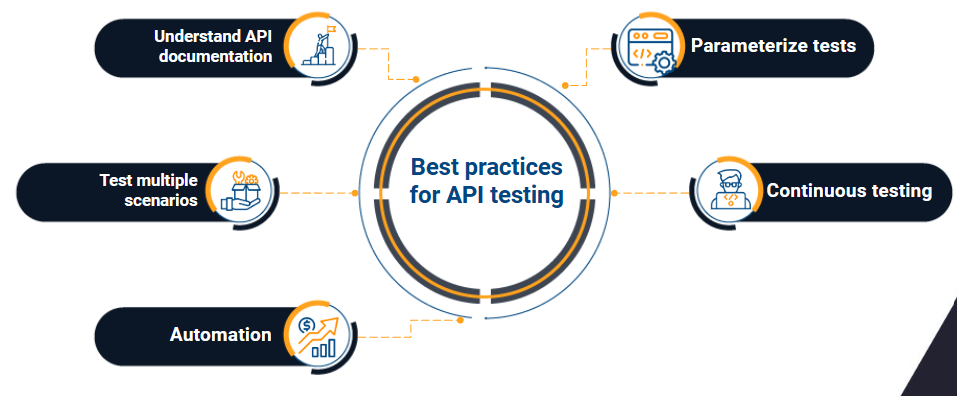
One of the problems that companies, and work teams face the most is that they have several services and software necessary for their workflows, which need to communicate with each other to allow the exchange of information. This can be done with APIs.
On the Mulesoft page, a technology that works as an API, they define this term “API is the acronym for application programming interface: a software intermediary that allows two applications to communicate with each other. APIs are an accessible way to extract and share data within and between organizations.”
Why API testing is essential?
API testing is the process of evaluating an application's APIs to ensure that they work as intended and meet specific performance, reliability, and security criteria. Testing APIs is crucial for several reasons:
- Functionality Validation: API testing validates that APIs work as expected. Checks whether endpoints return correct data, follow specified behavior, and execute operations accurately.
- Reliability: APIs usually serve as intermediaries between the different components of a system. Ensuring its reliability is essential to avoid system failures and data corruption.
- Security: APIs can be vulnerable to security threats such as injection attacks and data breaches. API testing helps identify and mitigate security risks.
- Performance: APIs must work efficiently, especially when handling a high volume of requests. API testing can help detect bottlenecks and optimize performance.

Best practices for API testing
To ensure the quality and reliability of your APIs, follow these best practices:
Understand API documentation
Before testing, carefully review the API documentation. Understand the available endpoints, request methods, authentication methods, and expected responses. This will serve as a roadmap for your testing efforts.
Test multiple scenarios
Test various scenarios, including positive, negative, and edge cases. Check how the API handles invalid input, authentication errors, and boundary conditions.
Automation
API testing benefits significantly from automation. Use testing frameworks and tools to automate repetitive tests, allowing you to run a wide range of scenarios efficiently.
Parameterize tests
Parameterization allows you to reuse test cases with different input data, making your test suite more versatile and robust.
Continuous testing
Integrate API testing into your continuous integration/continuous deployment (CI/CD) pipeline. Automate tests to run with every code change, ensuring regressions are caught early.

API testing is an integral part of ensuring the quality and reliability of modern software applications. By following best practices and using the right tools, you can detect problems early in the development process, improve system performance, and improve the security of your APIs. As APIs continue to evolve and gain importance, investing in solid API testing practices becomes a necessity for any software development project.
API testing is not a one-time effort; It should be an ongoing part of your development and maintenance process. As you build and maintain APIs, keeping an eye on their quality and reliability will contribute to the success of your software projects.
Remember, an effective API testing strategy can save time, reduce development costs, and improve user experience, ultimately leading to more successful software projects.
We recommend you on video


